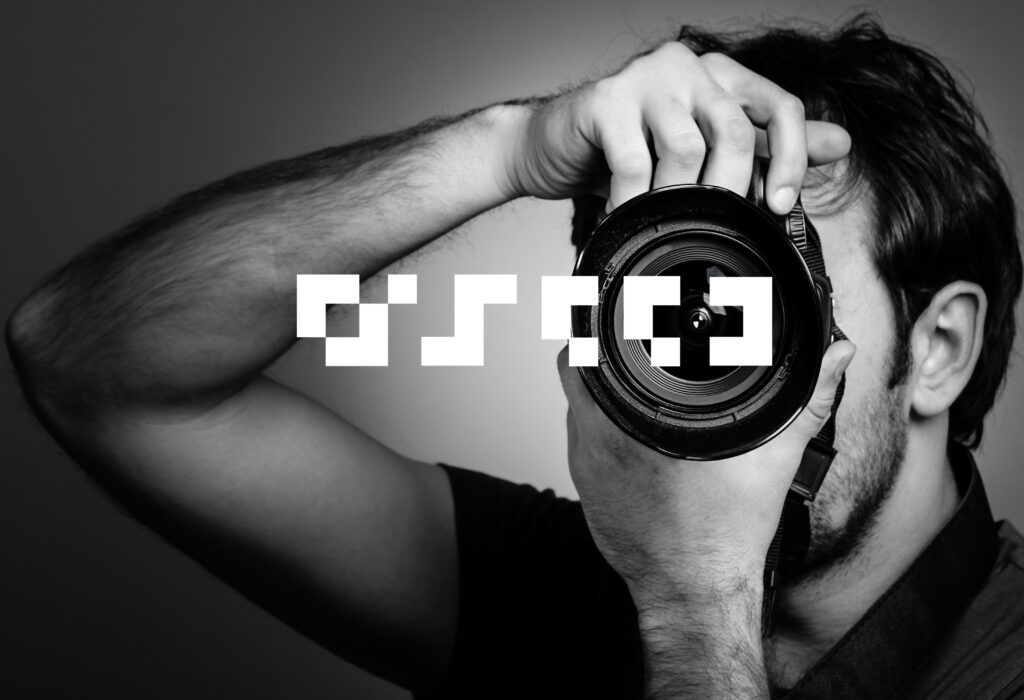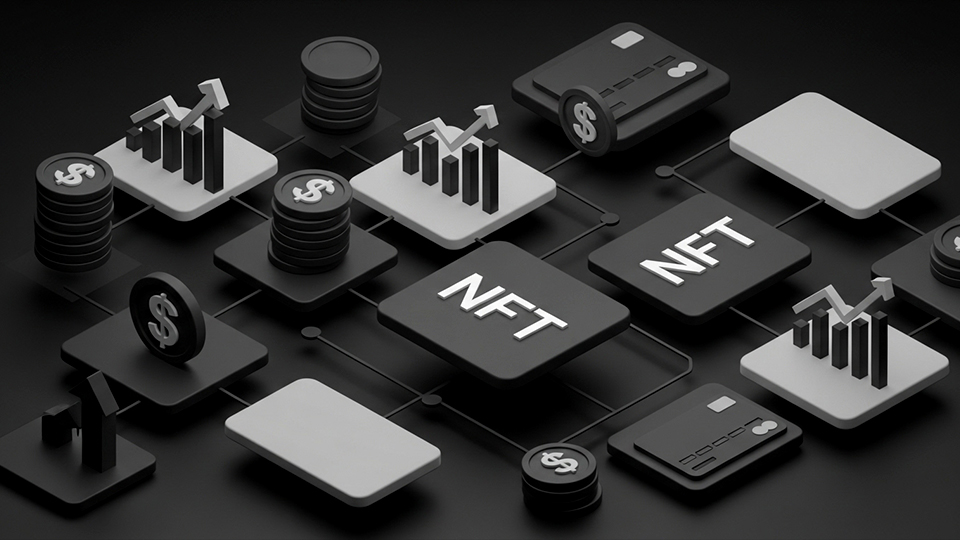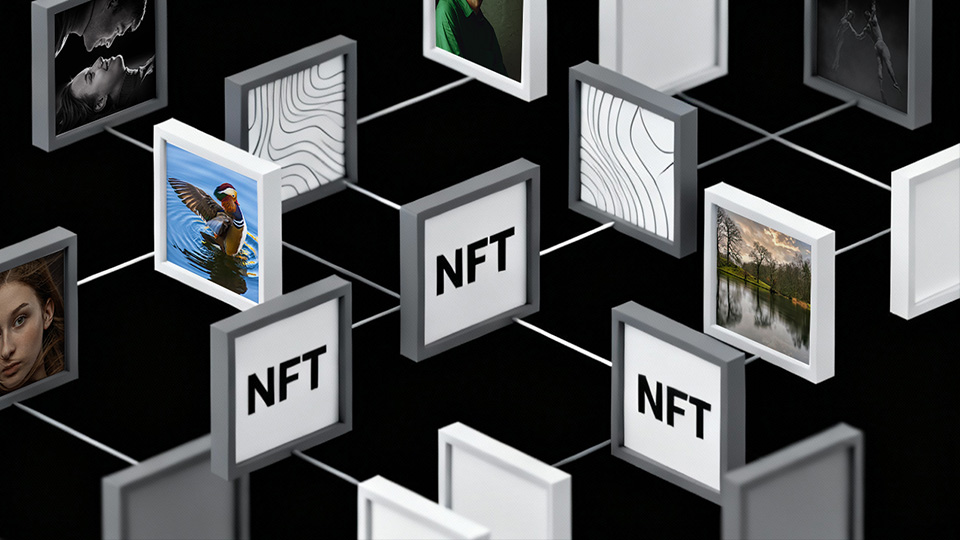Protect the value of your photography against misuse or violation from artificial intelligence, social media and news platforms. Photography is the most incredible kind of digital art. And yet, like all digital art, it is under significant threat due to the transformative effect of artificial intelligence – not to mention social media and news outlets flagrantly ignoring the rights of photographers.
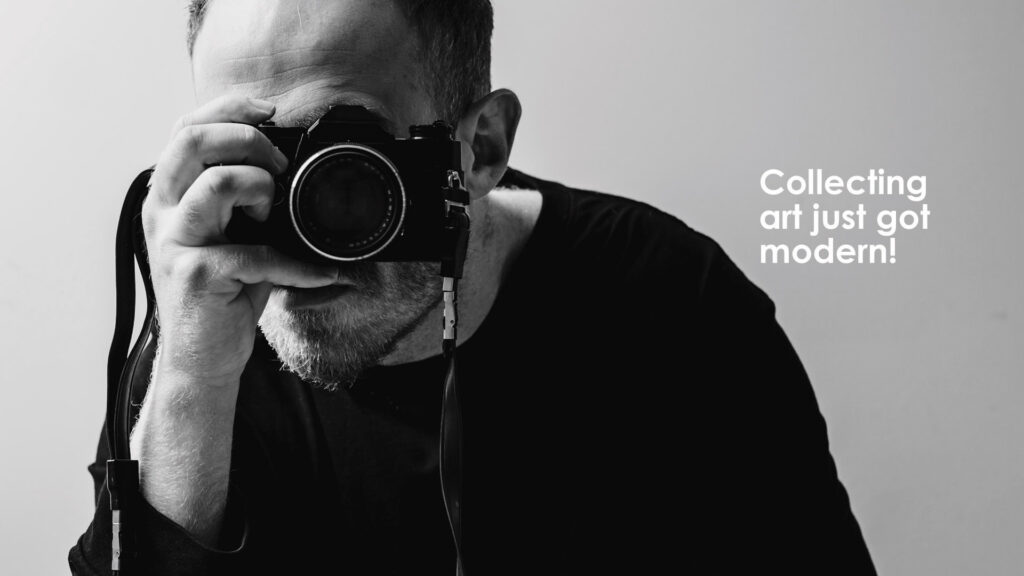
What Is SEED
Enter SEED, the most exclusive NFT marketplace for photographers, which has set out to give photographers security by providing a true meaning of copyright protection for their work. SEED is a safe, professional, blockchain-based photography platform that offers simple solutions to keep and protect ownership rights. Pioneered by a group of photographers, SEED combines the art of photography with the benefits of the blockchain industry, such as cryptocurrency and NFT technologies. This multifaceted photo platform enables photographers, digital artists, and image owners to register their work as NFTs. It provides a unique way to prove their ownership – and buy or sell images in the safest place ever. By ensuring that all digital rights are appropriately registered, the platform protects the rights of photographers as digital art owners – and delivers a safe place to trade their work at its actual value.

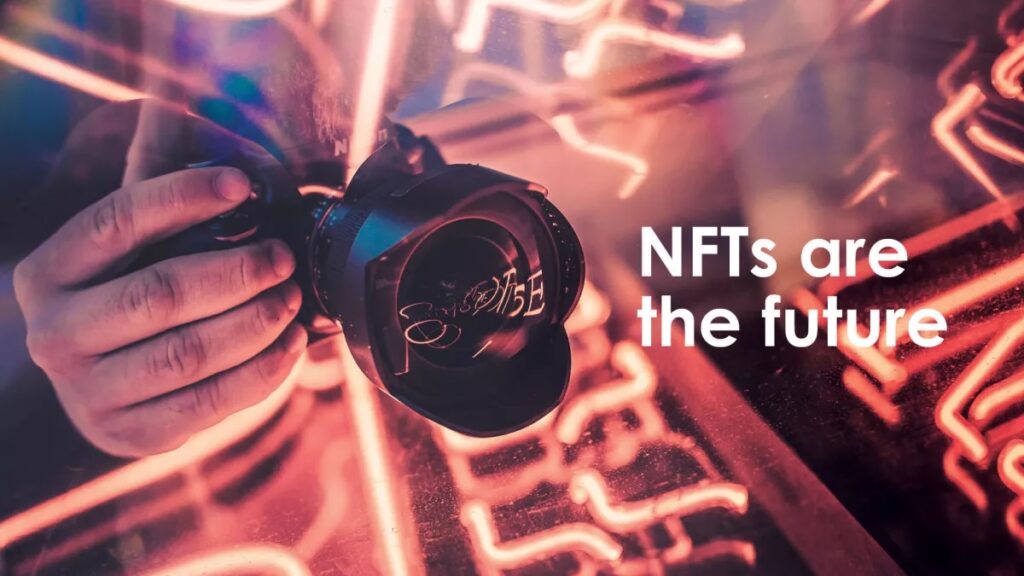
How does SEED work
The process is simple. First of all, the photograph is registered by the photographer or owner. Then, SEED checks the quality and origins of the image and provides a personal profile for the owner. At this point, an NFT is minted to prove and protect the ownership of the image. The freshly established profile and the SEED platform as a whole provide a vehicle to evaluate and sell the image – after which the ownership rights are transferred to the new owner(s).
This multifaceted photo platform enables photographers, digital artists, and image owners to register their work as NFTs. It provides a unique way to prove their ownership – and buy or sell images in the safest place ever.
The integrity of SEED is both created and safeguarded by its solid and expert community of photographers, who enjoy the transparency of blockchain services and the long-term support of all minted digital artworks. It’s time to ensure that you and your work are protected in an age where ownership and digital rights are more at risk than ever. To find out more and start making copyright meaningful again, visit seed.photo today.
